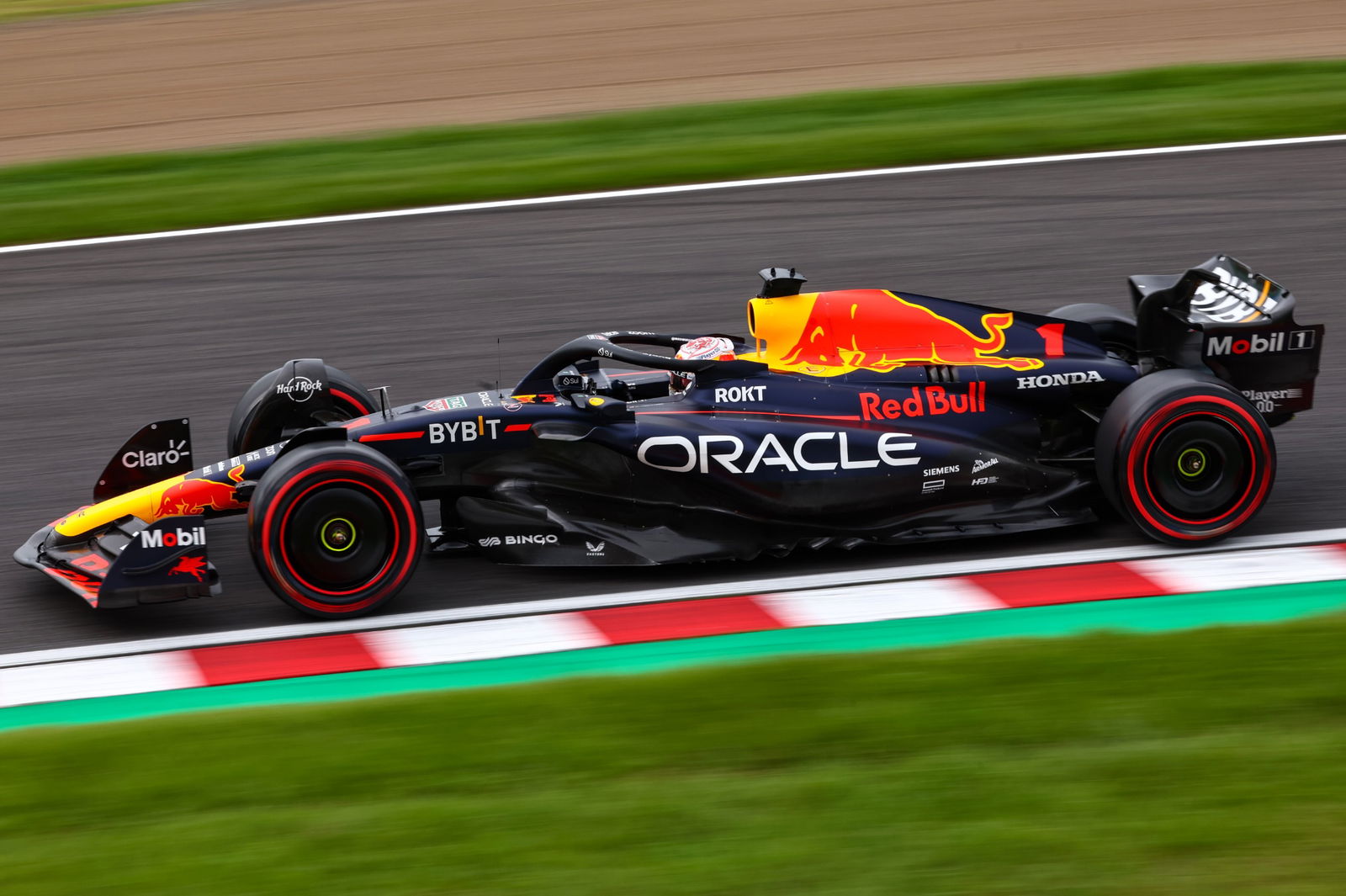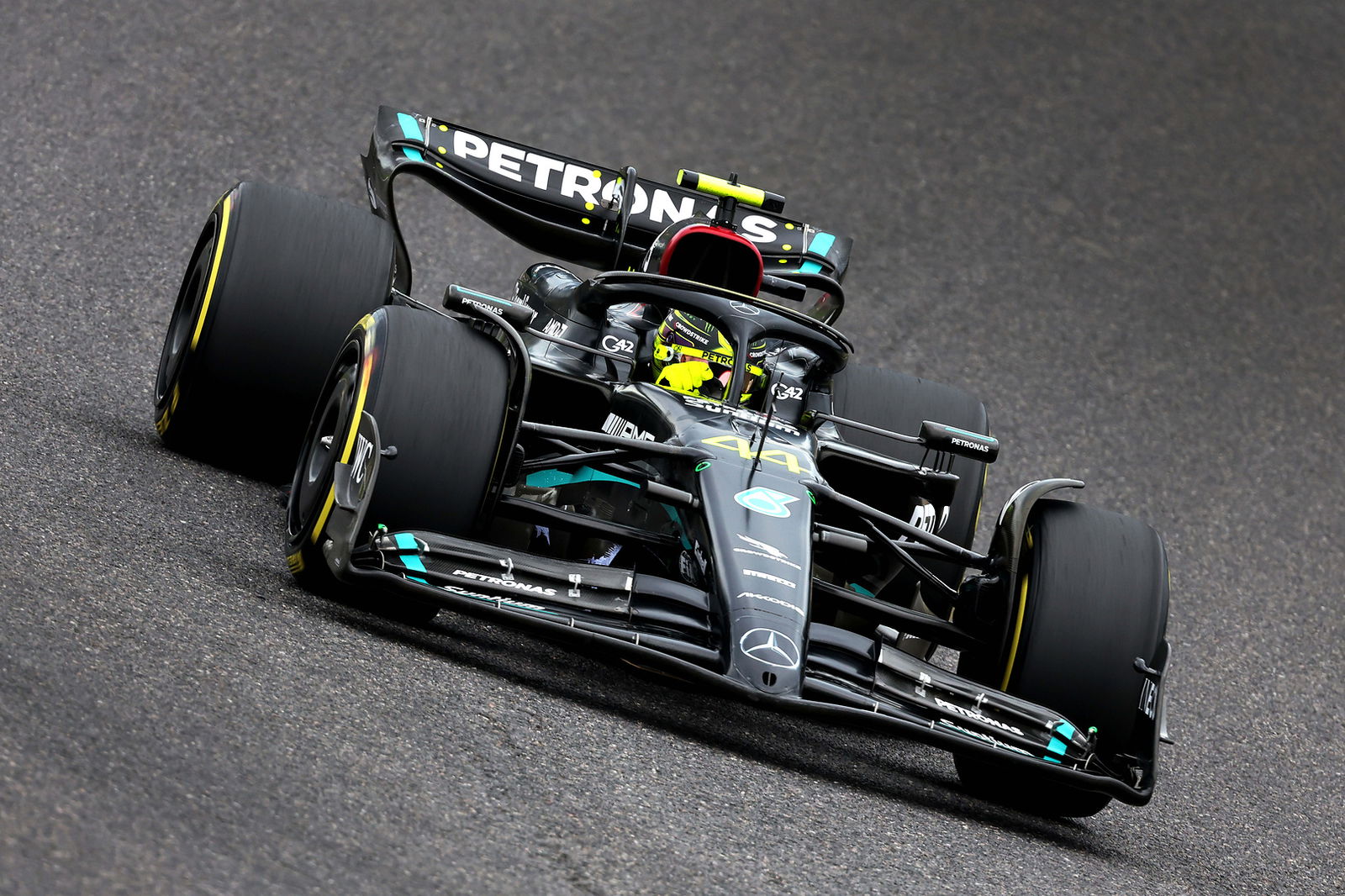Adrian Newey explains Red Bull decision to ignore Mercedes’ “polar opposite” F1 car concept

Newey’s RB18 design won 17 of the 22 races as Red Bull dominated the first year of F1’s new aerodynamic era in 2022, while the team’s RB19 has been victorious in all but one of the 16 races to have taken place so far this year.
Red Bull swept to a world championship double last season and look set to replicate that feat again, having already clinched the constructors’ title last time out in Japan. Max Verstappen will have his first chance of securing his third consecutive world title at the Qatar Grand Prix.
In contrast, Mercedes have endured a difficult two campaigns hampered by competitive struggles after adopting a unique design concept with their W13 and W14 challengers.
Most of the F1 field has now converged to a similar approach to Red Bull’s successful philosophy, proving Newey’s “gut feel” about his team’s design to be correct.
“Obviously with last year’s car we took an aerodynamic direction with the sidepod and design and the concept of the car, which was almost polar opposite to what Mercedes did,” Newey told F1’s Beyond the Grid podcast.
“Mercedes showed flashes of competitive last year, they won in Brazil.
“Then you’re faced with a choice of well, do we start to research Mercedes in case you’ve missed something or do we stick with what we’re doing? And gut feel was, let’s stick with what we’re doing.”

Newey labelled F1’s 2022 aerodynamic regulation overhaul as “the biggest single rule change” since 1982 - when venturi tunnels were outlawed.
“It was [a matter of] sitting down with the rule book then trying to understand what architecture in terms of where do you put the front wheels, where do you put the rear wheels relative to the fixed bits of the series of chassis, engine and gearbox. The underlying architecture, you have to decide,” he explained.
“In my case, I concentrated on the architecture and then the front and rear suspension because they’re the kind of key bits that you want to try and get right if you possibly can.
“If you get the bodywork wrong, within reason, you can change it during a season. But if you get the underlying architecture wrong, at the very least you stuck with it for one season.”


